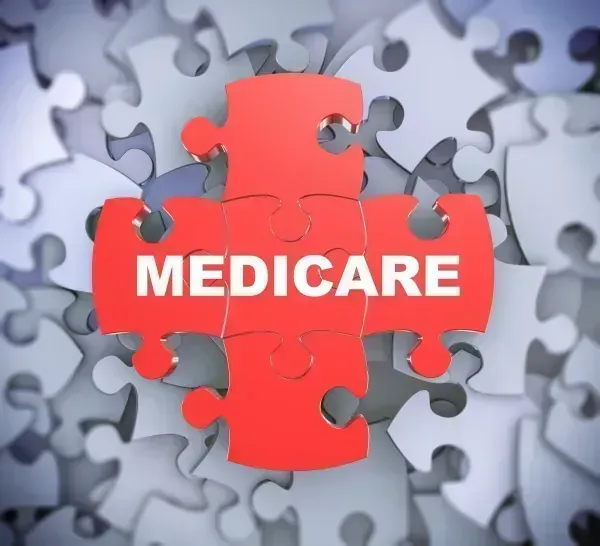Augment E/M Smarts With These 3 Steps
Find out what equals ‘separately identifiable.’ If your Part B practice reports a separate evaluation and management (E/M) service every time you perform a procedure, you may be setting your group up as a target for auditors. That’s why it’s crucial to understand the right way to report these services. Unlock the secrets to legitimate pay for separately identifiable E/M services using modifier 25 (Significant, separately identifiable evaluation and management service by the same physician or other qualified health care professional on the same day of the procedure or other service) with these three guidelines. 1. Ensure Your Provider Performed a Separate Service You should use modifier 25 when your provider’s documentation supports that they performed an E/M service that was significant and separately identifiable from the work included in another service or procedure, says Barbara J. Cobuzzi, MBA, CPC, COC, CPC-P, CPC-I, CENTC, CPCO, CMCS, of CRN Healthcare in Tinton Falls, New Jersey. Tip: Look at the documentation and cross out anything that is directly related to the procedure performed. Look then at the remaining documentation to determine if it is indeed significant, separately identifiable, and medically necessary. Official guidance: CPT® states that a significant and separately identifiable service “is defined or substantiated by documentation that satisfies the relevant criteria for the respective E/M service to be reported.” Remember: You can only consider reporting modifier 25 when coding an E/M service. If the procedures you’re reporting don’t fall under E/M services, it’s possible the encounter qualifies for another modifier instead, for example 51 (Multiple procedures) or 59 (Distinct procedural service). Bottom line: Using modifier 25 is essentially telling the payer, “During this visit I determined this procedure needed to be done and I happened to have time to do it that day.” If you can’t say this (or something like it), then the E/M service shouldn’t be billed. 2. Don’t Confuse Modifiers 25 and 57 The difference between modifier 25 and modifier 57 (Decision for surgery) is a common point of confusion, because both involve your provider performing a procedure and distinct E/M service for the same patient on the same day. The quickest distinction is that you would use modifier 25 for a distinct, separately identifiable E/M service on the day of a minor procedure, and 57 describes the exam in which the decision was made to proceed with same day or next day major surgery. How it works: You should only use modifier 25 with procedures that have a zero- or 10-day global period. These kinds of procedures are what Medicare defines as “minor.” In contrast, you’ll use modifier 57 for procedures with a 90-day global period. Watch out in the ED: Some coders view modifier 25 as a “magic bullet” and they always add a 25 modifier to E/M services done on the same day as a procedure because that is the only way they can get them paid. Don’t fall into that trap. Based on the EMTALA mandated screening exam required for emergency department (ED) presentations and the acute episodic unscheduled nature of ED care, a separate E/M will almost always be appropriate, but the cognitive work beyond the procedure needs to be documented. 3. Stop Omitting 25 Because of Same Dx Proper modifier 25 use does not require a different diagnosis code. In fact, the presence of different diagnosis codes attached to the E/M and the procedure does not necessarily support a separately reportable E/M service. The guidelines changed years ago. You do not need a different diagnosis to use modifier 25, but most coders find that it still seems to be easier to get paid if the diagnoses are different. Go to the source: The definition for modifier 25 as defined by the AMA in the CPT® manual clearly indicates that you do not have to have two different diagnosis codes to use the modifier. The CPT® manual states: “The E/M service may be prompted by the symptom or condition for which the procedure and/ or service was provided. As such, different diagnoses are not required for reporting of the E/M services on the same date.” Consider referring them to payer policies, as well. CPT® and CPT® Assistant define the codes and modifiers but payers provide clearer claims instructions. Your provider’s documentation should clearly establish that the visit’s purpose was not to perform the procedure. If you receive denials on modifier 25 claims simply because you use the same diagnosis code for the E/M and the procedure, you should appeal, assuming your physician’s documentation supports reporting separate services.





